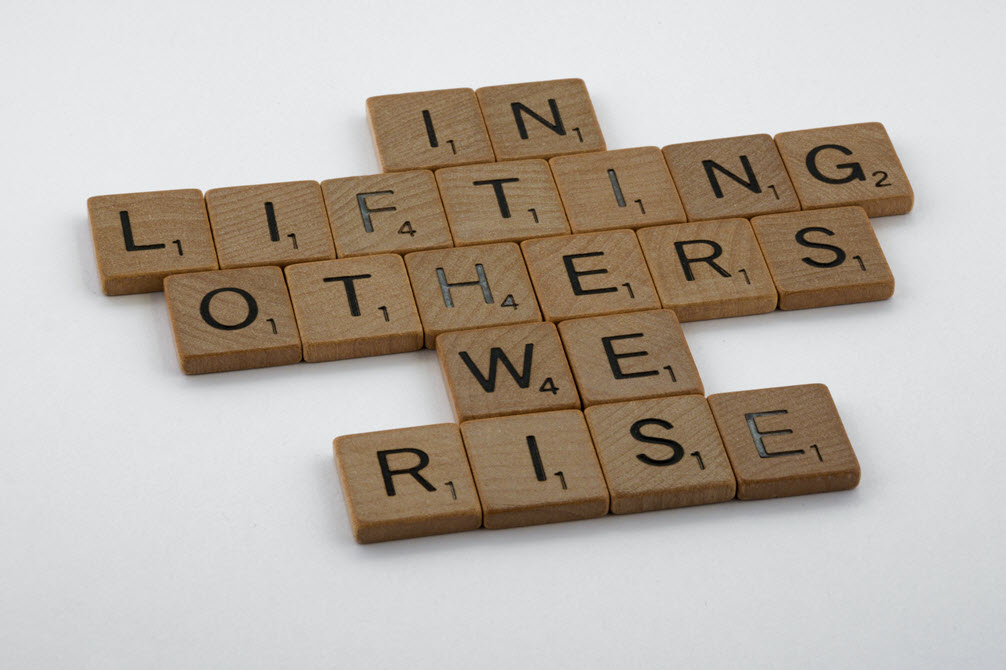Executive Presence: What is It and How Do I Demonstrate It?
By Lisa Morgan
“Help! I’ve been told I need to work on my executive presence. But what exactly is executive presence and how do I demonstrate it?” I’ve heard some version of this refrain more times than I can count in my coaching work. We all can identify people whom we would describe as having executive presence. We know it when we see it, but ask us to define it, and we struggle.
I recently had the pleasure of hosting a webinar on executive presence (EP) with Linda Taliaferro, an executive and consultant focused on helping Black and Brown women elevate their careers and gain a seat in the boardroom. Linda did a great job of breaking down executive presence into its core elements. What I loved about what Linda shared was that EP is first and foremost an inside job — knowing who you are, including your strengths, core values, and what energizes you versus depletes you. Furthermore, Linda said, EP cannot develop in the absence of emotional intelligence.
A number of authors have sought to describe EP over the years. I personally like the seven Cs definition of EP that Linda shared from Jun Medalla’s article titled “Seven Traits for Executive Presence,” (Business Insider, Sept. 24, 2013) which clearly links EP to emotional intelligence. The seven Cs are:
-
Composure: Self-awareness and understanding others; the ability to control your emotions, recognize emotion in others, and manage your response
-
Connection: Engaging with others and making them feel comfortable
-
Charisma: The ability to draw people to you, often by exhibiting strong listening skills and focusing all your attention on others when they are speaking to you; showing that others matter to you
-
Confidence: Communicating confidence both in what you say and how you say it; thoughtfully managing posture, eye contact, facial expression, voice pitch, volume, and pace, as well as wardrobe
-
Credibility: Being mindful of not just the validity of your message, but also the language you choose to deliver your message, including reducing filler words (“um,” “uh,” and “so”) and minimizers (“just,” “like,” “sort of,” and “I think”)
-
Clarity: Articulating your message as plainly as possible, in such a way that an 8th grader could understand your meaning
-
Conciseness: Communicating in as few words as possible and avoiding repeating your message over and over
Linda asserts that the following behaviors also demonstrate EP in practice:
-
Doing what you believe in the face of controversy
-
Being willing to step outside what is comfortable into the unknown
-
Having the humility to admit your mistakes and learn from them
-
Giving away glory because you wouldn’t have achieved the goal without the team
-
Accepting compliments graciously – without boasting or dismissing
-
Noticing self-doubt and moving forward anyway instead of waiting for conditions to be perfect
-
Being willing to let go of something for which the time has passed, even when you have a lot invested in it
Clearly, having high emotional intelligence, or EQ, is vital to EP. Emotional intelligence is comprised of:
Self-Awareness: Knowing who you are; understanding your moods, emotions, and drives, and their effect on others
Social Awareness: Understanding the emotional makeup of other people and adapting and responding to people according to their emotional reactions (behaving with empathy)
Self-Management: Controlling or redirecting disruptive impulses and moods; having the ability to suspend judgment; thinking before acting
Social Skills: Proficiency in managing relationships and building networks; finding common ground and building rapport
As with so many things in life, it all starts with self-awareness. The more you know yourself, your strengths, your challenges, and what energizes versus depletes you, the more you build a foundation, not just for EP but also for flourishing in your career and life. To learn more, contact us at info@optimizeu.com.






Leave A Comment